Sun Exposure and Eye Damage: Understanding the Risks
After witnessing the eclipse, it's crucial to understand the impact of the sun on your eyes. If you used eclipse-specific eyewear to observe the...
1 min read
 The Rochester Eye & Laser Team
:
Jan 2, 2018 5:25:20 PM
The Rochester Eye & Laser Team
:
Jan 2, 2018 5:25:20 PM
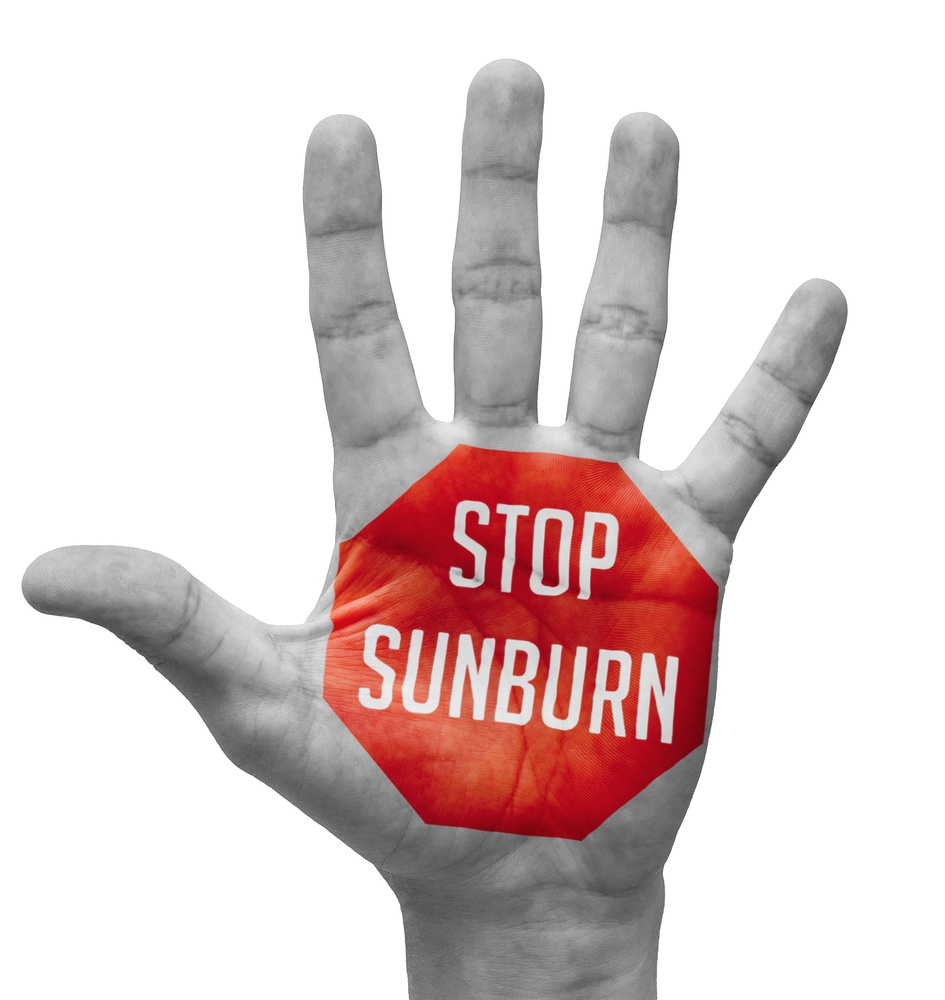
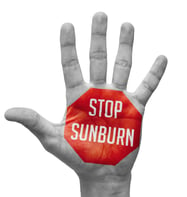 Did you know that eyes get sunburned? Similar to your skin, symptoms of sunburned eyes include include pain, burning, redness and sensitivity. Once you notice these symptoms, you've already spent too much unprotected time in the sun. Also known as photokeratitis, the term "snowblind" specifically refers to the temporary vision loss caused by inflammation of the cornea, as a result of overexposure to ultraviolet radiation, typically from the sun.
Did you know that eyes get sunburned? Similar to your skin, symptoms of sunburned eyes include include pain, burning, redness and sensitivity. Once you notice these symptoms, you've already spent too much unprotected time in the sun. Also known as photokeratitis, the term "snowblind" specifically refers to the temporary vision loss caused by inflammation of the cornea, as a result of overexposure to ultraviolet radiation, typically from the sun.
Snow can reflect 80% or more, of UV rays. Although the UV reflected off of water and sand will also do a fare share of damage to unprotected eyes. The damage risk increases at higher elevations, where the sun's UV rays are stronger. People who enjoy outdoor winter sports such as skiing, snowboarding or mountain climbing are twice as likely to incur snow blindness, than if they were outside, at lower altitudes, during the summer.
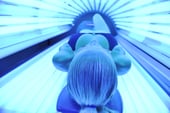 Ironically, a person can experience snow blindness when neither snow nor sun are present. Without proper eye protection, sun lamps, tanning booths and even a welders torch can cause the symptoms of snow blindness.
Ironically, a person can experience snow blindness when neither snow nor sun are present. Without proper eye protection, sun lamps, tanning booths and even a welders torch can cause the symptoms of snow blindness.
Sudden symptoms of snow blindness can be scary. In addition to red, painful, irritated eyes, patients also report such symptoms as:
Most vision loss that occurs as a result of snow blindness will dissipate over the course of 24 to 48 hours. However, during that time, you may experience significant vision impairment, which may make driving unsafe.
None of this sounds like fun.
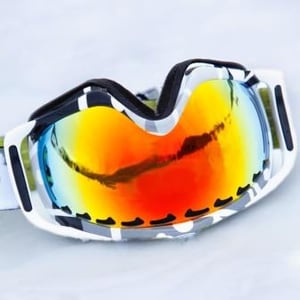
The good news? Snow blindness is both temporary and completely preventable. Photochromic lenses are one option, as are any snow/sports goggles or sunglasses that block 100% of UV rays. It is important to wear protective lenses any time you are outside in the sunlight for extended periods, even on the cloudy days. UV rays penetrate clouds, so even though you may think you don't need sunglasses or protective goggles, it is imperative that you continue to use them when it's overcast. To further increase your level of protection, consider a wrap-style frame or one with side shields to block indirect UV rays and rays that come in from above, below and on the sides of the lenses.
Do you have any symptoms or concerns that you'd like to discuss with a doctor?
Click below to schedule an exam with us today!
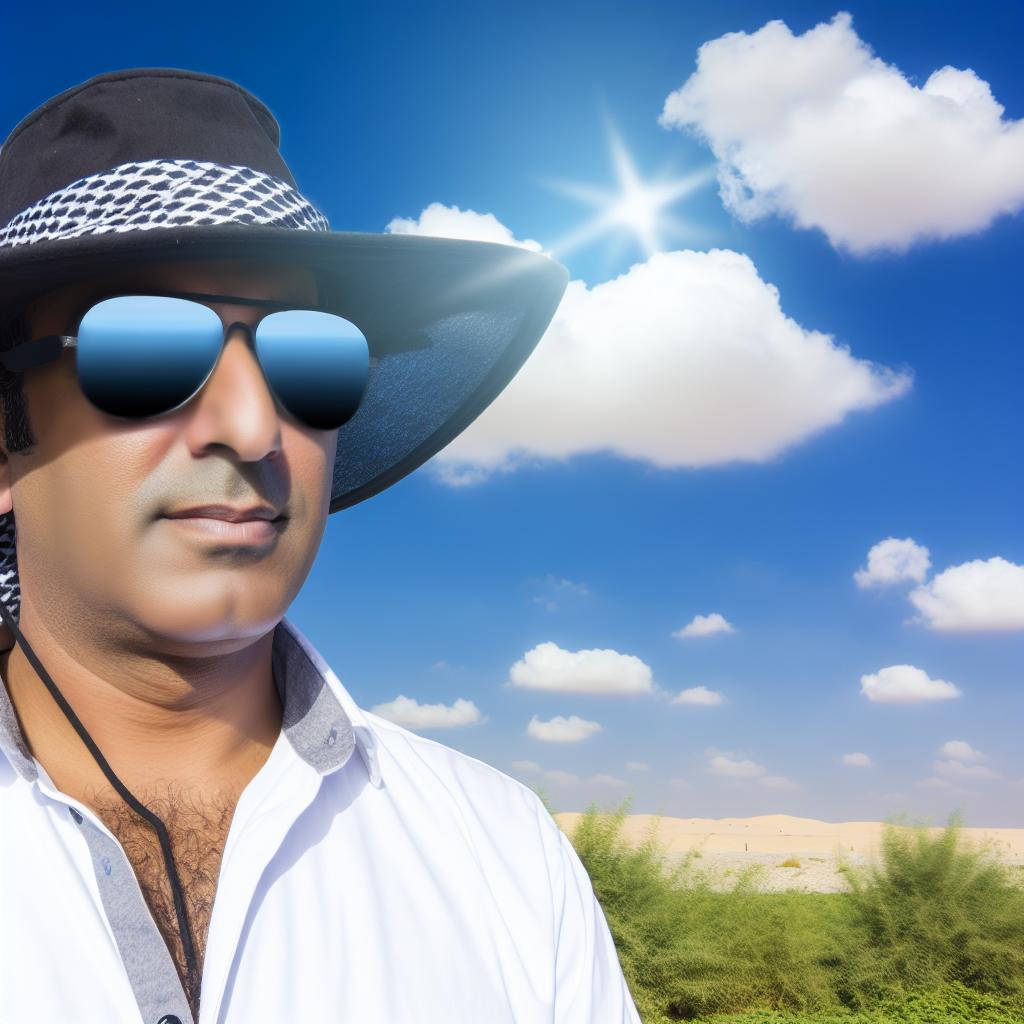
After witnessing the eclipse, it's crucial to understand the impact of the sun on your eyes. If you used eclipse-specific eyewear to observe the...
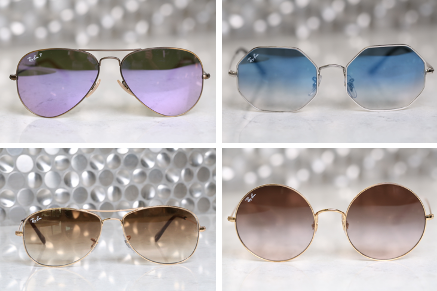
Did you know that too much sun on unprotected eyes increases the risk of eye disease? The good news is that prevention is simple: Wear sunglasses...

Protecting your eyes when active and outdoors is crucial for maintaining good eye health and preventing sports-related eye injuries. The best way to...